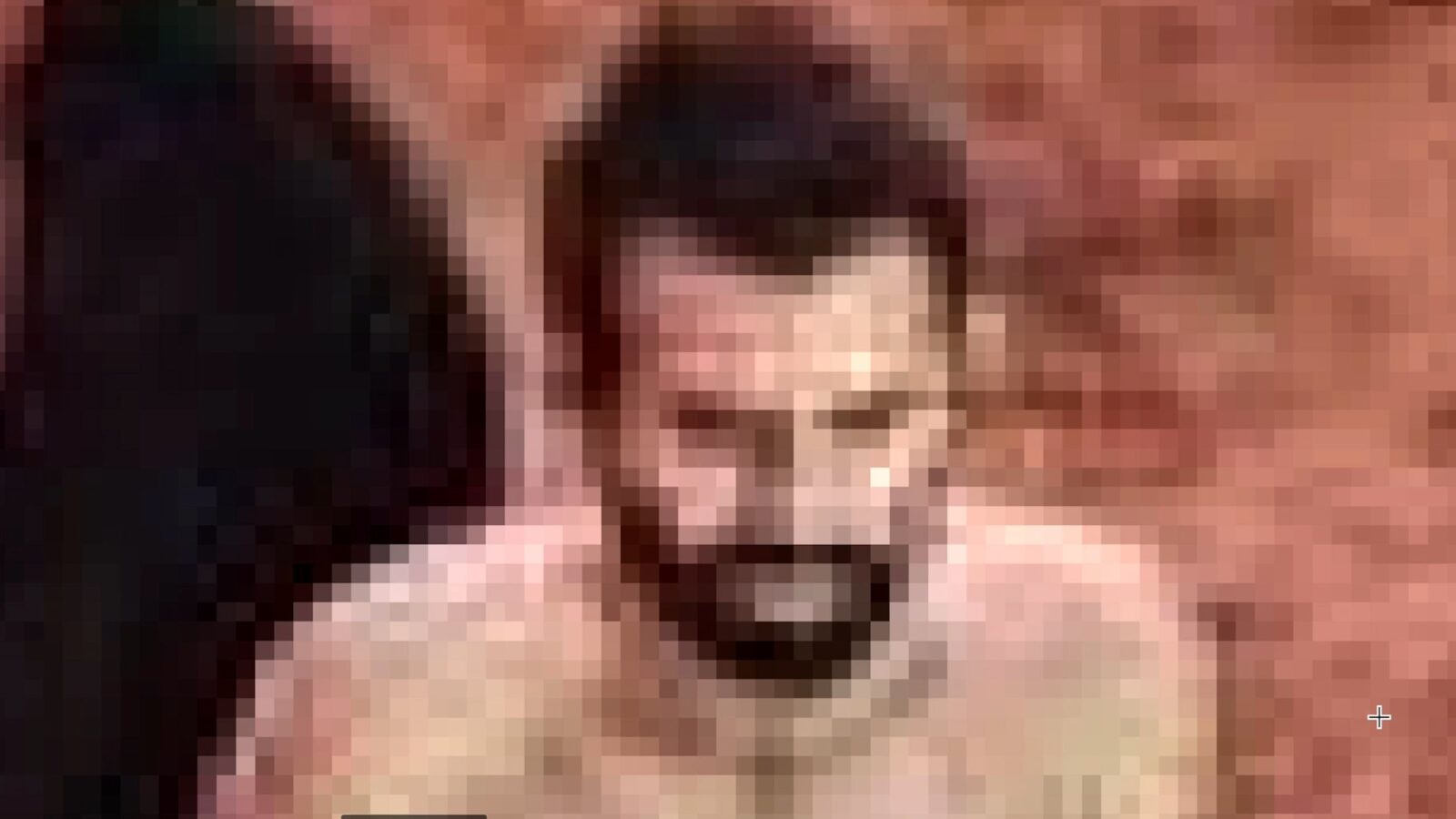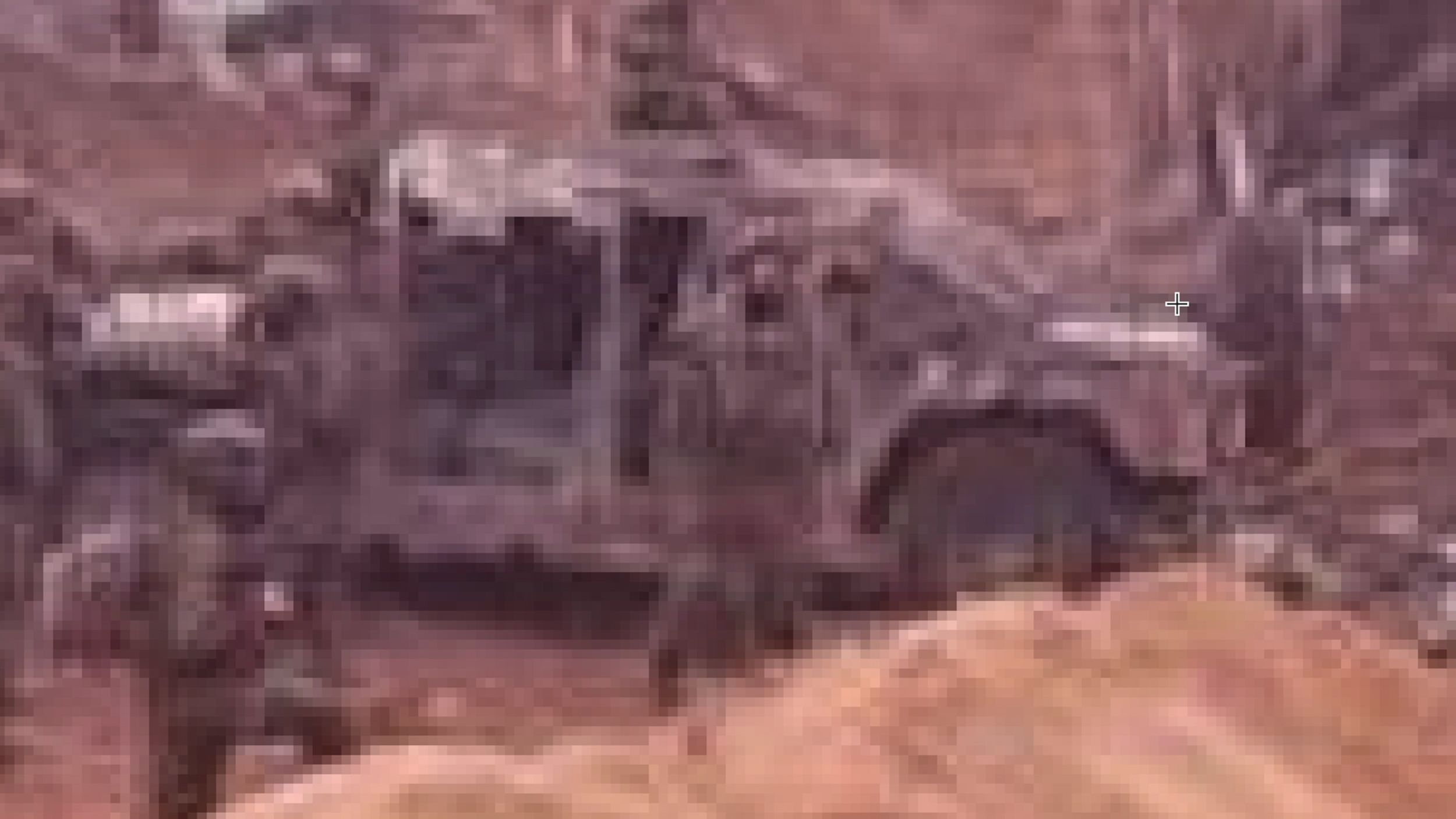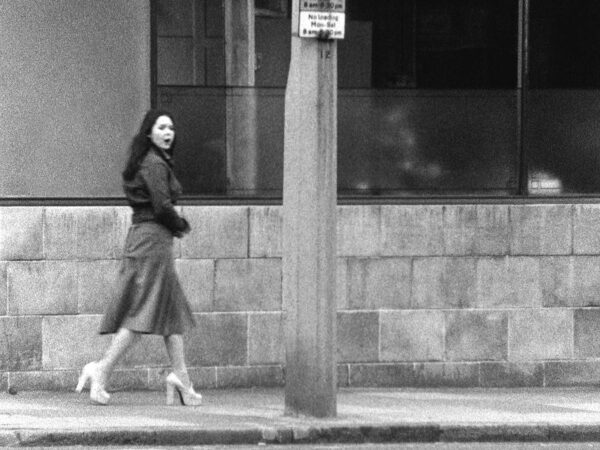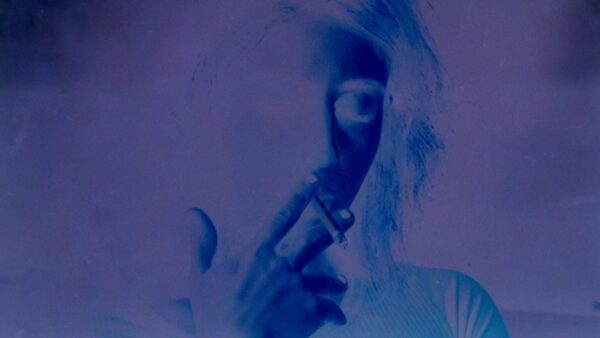Digital Witnesses
Man Number 4
Gaza, December 2023. A confrontation with a disturbing photograph on social media triggers questions about what it means to be an onlooker in Miranda Pennell’s concise desktop documentary.

Photographs of dead children buried under piles of rubble, premature babies being evacuated from hospitals, entire apartment blocks obliterated: the past year has been marked by an endless stream of painful images coming out of Gaza, many of them encountered by us passively while scrolling from work colleagues’ holiday snaps to pictures of what our friends had for lunch. As our feed is increasingly punctuated by photos of emaciated children and decapitated bodies, it becomes impossible to sustain our outrage, as if our society has developed a callus to these horrifying scenes. What can be done to stop the genocide in Gaza from becoming normalised? This question is at the heart of Miranda Pennell’s desktop documentary Man Number 4, which concisely explores the implications of being an onlooker.
Created in response to Pennell’s own reaction to a disturbing photograph she found online, the film’s premise is simple but effective: deconstruct the image. By zooming in to the point of abstraction, she grinds it down until she extracts the marrow of cruelty contained within it. The photograph in question—which we learn towards the end of the film, was originally posted at 21:33 on December 12, 2023, to the “reporters’ chat” area of the Israeli TV station Channel 12’s website—is a tableau of humiliation and depicts the dehumanising conditions that many Palestinians have experienced while in the custody of Israeli soldiers.
Rather than show us the full picture, Pennell opens the film with a pattern of terracotta pixels which, we are told by a narrator (later credited as Pennell’s husband and famed filmmaker John Smith), is “reddish sand and earth”. Suddenly, a mouse cursor hovers into view, and the camera begins to glide upwards towards another segment of the image. The narrator then informs us that what we’re watching is “an open-air pit”, an artificial embankment known as a ‘berm.’ “You have trouble understanding what it is you’re looking at,” he tells us as we struggle to discern what is hidden within this blurred mosaic of now grey and pink blocks. But even as this pixelated image comes into focus, and we discover a huddled mass of men, there’s still a nagging doubt that we’re missing something here.
Pennell’s film accrues its strange power through its stricken, continuous dissecting of this photograph. Each new revelation forces us to question exactly what it is we are witnessing. Taken in Beit Lahia, in Northern Gaza, the image shows the Israeli army detaining hundreds of Palestinians in an open-air prison. In the foreground, a small group of men, some of which are topless, are positioned in front of an LED lamp. The narrator draws our attention to one of them, the titular Man Number 4, who has since been identified as Dr. Khalid Hamoda, a surgeon whose wife and daughter were killed weeks before in an Israeli airstrike. He has since disappeared without a trace. By centering Hamoda’s presence within this milieu of cruelty, Pennell forces us to consider the countless lives obscured when images of collective suffering are stripped of their context or ignored entirely.
To this day, it is unclear who took this photograph and why. Was it Nir Dvori, the channel’s security and army correspondent? A nearby civilian looking to expose Dr. Hamoda’s humiliating detention? Or perhaps an IDF soldier, taking a trophy photo to share with his friends and family on social media, like Eden Abergil, the former Israeli soldier who made headlines in 2010 when she uploaded photos of herself posing with blindfolded Palestinian prisoners to her Facebook page. As the film progresses, the question of who took this picture and what their motivation might have been takes a backseat. Pennell is more interested in how images like this are disseminated and received in our media-saturated world.

War photography, when adequately contextualised, can open our eyes to the suffering occurring across the globe. Historically, standards have guided what types of war images we see, and media outlets would typically only show those based on news value. In the age of social media, where multiple perspectives of the conflict vie for visibility amongst commercials, personal diaries, and deepfakes, we approach these photos with a mixture of horror and doubt. How do we know this is authentic? And what should we feel about it? Smith’s cold, authoritative, almost accusatory narration could be seen as a critique of this disorienting visual landscape and a need for moderation in our consumption of such images. But what is the alternative when even trusted organisations like the BBC find themselves accused of pro-Israel bias by over one hundred of their employees?
Smith, therefore, also implicates us, the viewer, in the violence we observe. Throughout the film, the narrator uses the second person whenever addressing the spectator: “You think about the editor of the channel” or “You sat here, listening to gentle music as you look on.” Highlighting the entanglement between the viewer and the photograph, his narration forces us to consider how we are all culpable in the atrocities within the frame and those occurring outside it, too. Observing this unfurling travesty, no one can remain neutral.
By plunging us directly into this photograph, Pennell allows for a more bodily engagement with the image. As well as viewing what is present within the frame—the soldiers in the middle distance, the lamp that illuminates the prisoners, and the plastic ties used to bind their hands—we are alerted to an external force exerting its power over the image. This invisible presence could be our guilt or that of a country that refuses to suspend arms licenses and exports to Israel. The traces of power and Western Imperialism could allow these actions to go unchallenged. Or, simply, it could be the inaction that makes all of us complicit.
A work of intense, forensic noticing, Man Number 4 deconstructs the barrier between spectator and subject. Instead of seeing the image as an object, Pennell turns it into evidence: evidence of possible war crimes, evidence of our government’s abetment, and, perhaps worse of all, evidence of our cold indifference—a powerful reminder that our decision to swipe past these images is, whether consciously or not, an act of quiet complicity.




There are no comments yet, be the first!